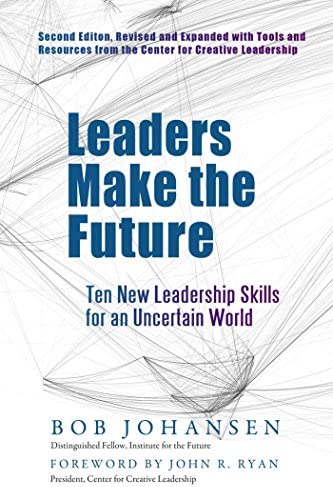
What questions are you asking yourself?
About two weeks ago, I had a coaching call with a people manager at a fast growing tech company. She started the call with “200 people got laid off today, including my boss. No warning.”
This is by no means an isolated incident. Dozens of other companies are laying off people right now, not twelve months after companies were desperate to hire talent. The speed of this shift is shocking, and this may be just the beginning.
Back in 2008, I ran a large team at a tech company and when everything fell apart, I was very focused on my team. What I learned is that was not enough.
What questions should you be asking yourself right now? Here are some ideas:
- How can I focus on my team and what they are experiencing?
- What do they need from me?
- What can I do to drive the business forward in this environment of uncertainty? How can I stay focused?
- Where is the business opportunity?
- How can I add value to the company?
#WiseWords
“THE LEADER IS ONE WHO, OUT OF THE CLUTTER, BRINGS SIMPLICITY… OUT OF DISCORD, HARMONY… AND OUT OF DIFFICULTY, OPPORTUNITY“
Worth the Share
 Have you heard the term VUCA? It stands for Volatility, Uncertainty, Complexity and Ambiguity. It was popular even before Covid and right now, in our semi-post Covid world, I would argue it continues to be relevant. The impending recession, ongoing war, job uncertainty, and the speed of change all contribute to the VUCA world we now live in. This article from Center for Creative Leadership provides an outline of how to lead in a VUCA world. Taken from the book: Leaders Make the Future, here are Bob Johansen’s ten future leadership skills.
Have you heard the term VUCA? It stands for Volatility, Uncertainty, Complexity and Ambiguity. It was popular even before Covid and right now, in our semi-post Covid world, I would argue it continues to be relevant. The impending recession, ongoing war, job uncertainty, and the speed of change all contribute to the VUCA world we now live in. This article from Center for Creative Leadership provides an outline of how to lead in a VUCA world. Taken from the book: Leaders Make the Future, here are Bob Johansen’s ten future leadership skills.
- Maker instinct: your desire to make things happen
- Clarity: see what can be and communicate it
- Dilemma flipping: turning a “negative” into an opportunity
- Immersive learning ability: learn, get out of your comfort zone
- Bio-empathy: learn from nature to inform leadership
- Constructive depolarizing: calmly get disparate people to work together
- Quiet transparency: be open and authentic
- Rapid prototyping: fail early, often, cheaply and iterate
- Smart mob organizing: use various types of media effectively
- Commons creating: nurturing competition and cooperation simultaneously
- Build relationships through work: Whether you are in person or fully remote, be intentional about building real relationships with others. Don’t go it alone.
Here is the article from CCL if you would like to dig deeper into these concepts, or get the book.
And Finally...

What are some of the answers to the questions I asked above? How are you setting yourself, your team and your company up for success during these VUCA days?
Who is your thought partner or partners to work through it? Accept that the times we are living in are not “business as usual”. Be intentional as you navigate the end of Q4 and finalize plans for 2023. Reach out if I can support you in any way.
Kind regards,
Mary Jo









 I want to build on what I talked about last time, Quiet Quitting.
I want to build on what I talked about last time, Quiet Quitting. 




 What is your best time-management tip?
What is your best time-management tip?

 Speaking of intention, it is really useful to be intentional with our words. In my July 20th blog post, I used the word “expert” when referring to client’s level of expertise as director of engineering. The word “expert” works for me but it may not work for him. When you think of your work, how would you describe your level of competence?
Speaking of intention, it is really useful to be intentional with our words. In my July 20th blog post, I used the word “expert” when referring to client’s level of expertise as director of engineering. The word “expert” works for me but it may not work for him. When you think of your work, how would you describe your level of competence?







